Glaciers are one of the world’s most precious resources. They provide fresh water to millions of people, help regulate global temperatures, and support a wide range of ecosystems. Unfortunately, these essential resources are under threat due to global warming. In recent decades, glaciers around the world have been melting at an alarming rate. This trend is expected to continue, with significant impacts on our future.
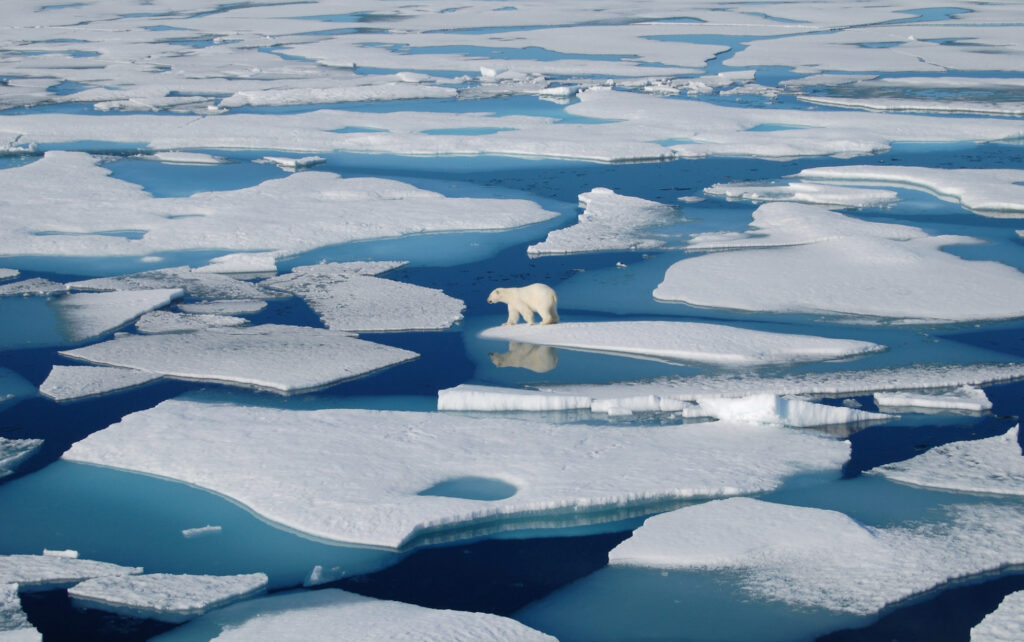
The Causes of Melting Glaciers
The primary cause of melting glaciers is global warming, which is caused by human activities such as burning fossil fuels and deforestation. As temperatures rise, glaciers begin to melt and shrink. The rate of melting has accelerated in recent years, with some glaciers losing up to 100 meters of ice per year.
Another factor that contributes to melting glaciers is the reduction in snowfall. Glaciers depend on snowfall to replenish their ice reserves. However, as temperatures rise, precipitation patterns are changing, and snowfall is decreasing. This reduction in snowfall is leading to a decline in the size and extent of glaciers.
The Impact of Melting Glaciers
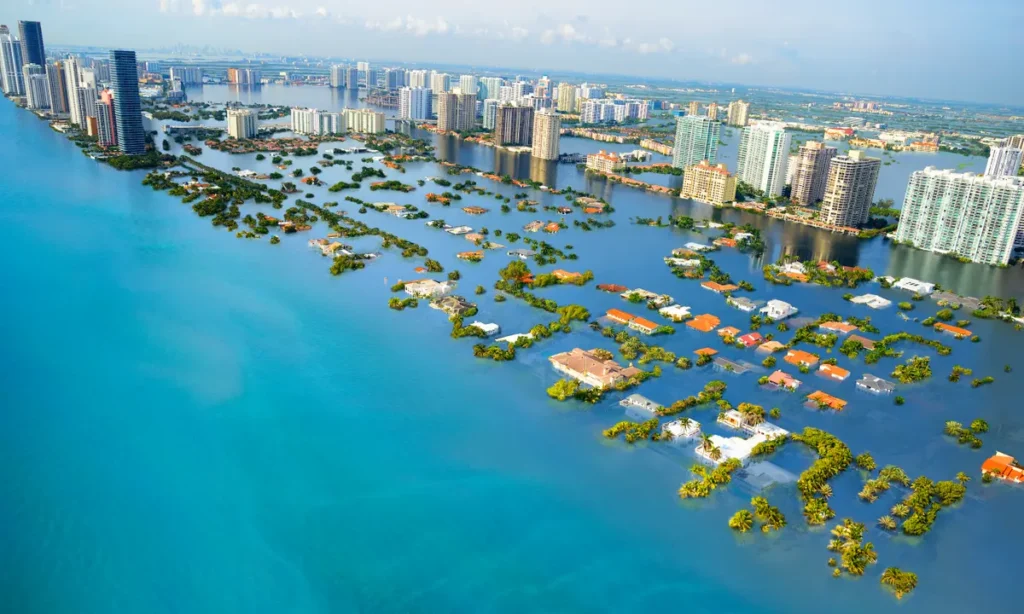
The impact of melting glaciers is far-reaching and affects various aspects of our lives. Here are some of the impacts:
1-Rising Sea Levels
As glaciers melt, the water they release flows into the oceans, causing sea levels to rise. This rise in sea levels can have severe consequences for low-lying areas, leading to flooding, erosion, and saltwater intrusion.
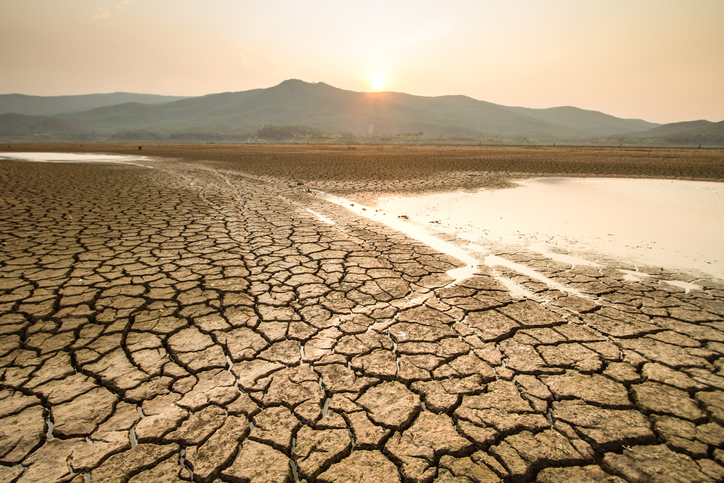
2-Water Scarcity
Glaciers are essential sources of freshwater. They act as natural reservoirs, storing water during the winter and releasing it slowly during the summer. As glaciers melt, the water they store is released into rivers and streams. However, if the glaciers disappear, the flow of water into rivers and streams will decrease, leading to water scarcity in many areas.

3-Changes in Ecosystems
Glaciers support a wide range of ecosystems, from alpine meadows to tundra landscapes. As glaciers melt, these ecosystems are threatened, leading to the loss of biodiversity and changes in the balance of natural systems.
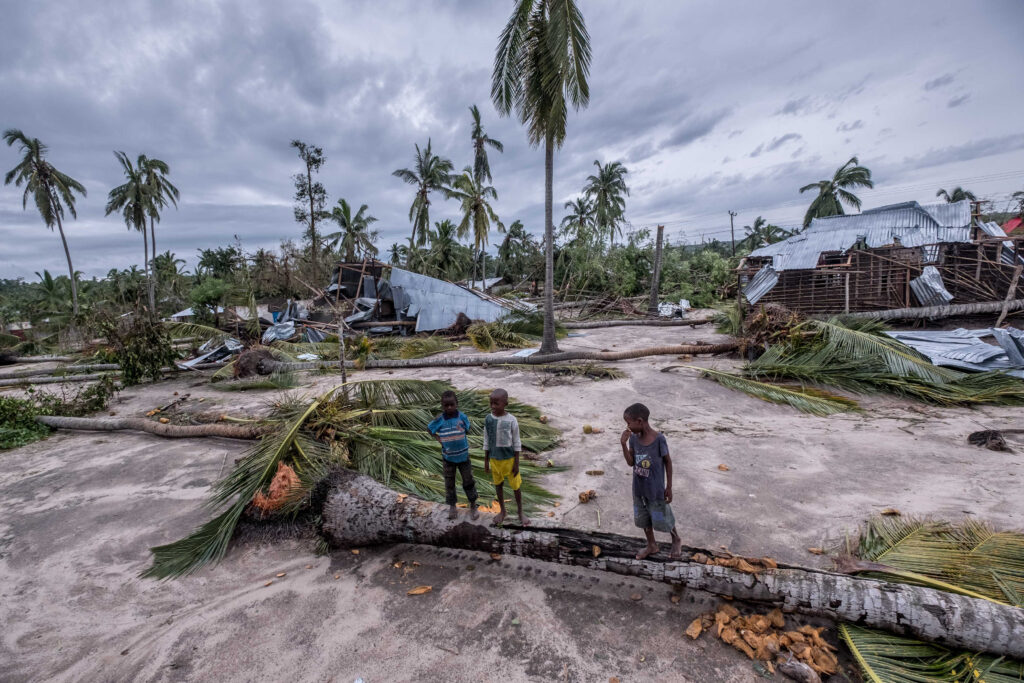
4-Changes in Weather Patterns
Glaciers help regulate global temperatures by reflecting sunlight back into space. As glaciers melt, they lose their ability to reflect sunlight, leading to increased warming. This warming can cause changes in weather patterns, such as more frequent heat waves, droughts, and extreme weather events.
5-Increased Risk of Natural Disasters
The melting of glaciers can also increase the risk of natural disasters, such as floods and landslides. As glaciers melt, they create new bodies of water, such as lakes and rivers, which can overflow and cause flooding. In addition, the loss of glaciers can destabilize mountainsides, leading to landslides and rockfalls.
What Can We Do to Address Melting Glaciers?
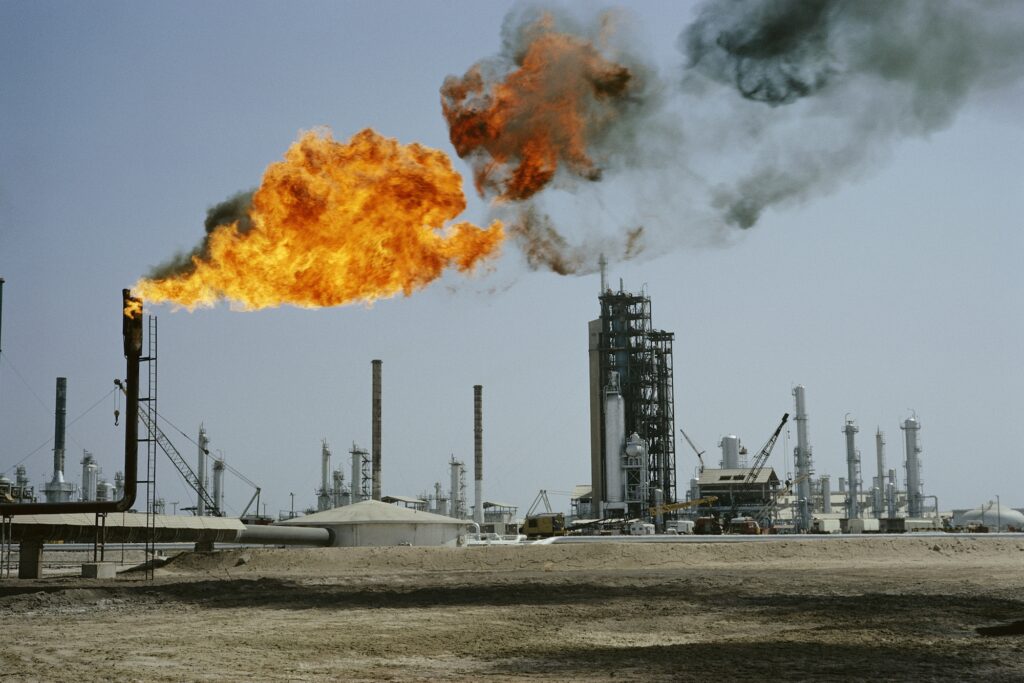
Addressing the issue of melting glaciers requires a comprehensive approach that involves reducing greenhouse gas emissions, protecting and restoring ecosystems, and adapting to the changes that are already happening. Here are some strategies that can help:
1-Reduce Greenhouse Gas Emissions
Reducing greenhouse gas emissions is the most critical step in addressing melting glaciers. This can be achieved by transitioning to renewable energy sources, such as wind and solar power, improving energy efficiency, and reducing our reliance on fossil fuels.
2-Protect and Restore Ecosystems
Protecting and restoring ecosystems, such as forests and wetlands, can help mitigate the impact of melting glaciers. These ecosystems act as natural buffers, absorbing carbon dioxide from the atmosphere and regulating the flow of water into rivers and streams.
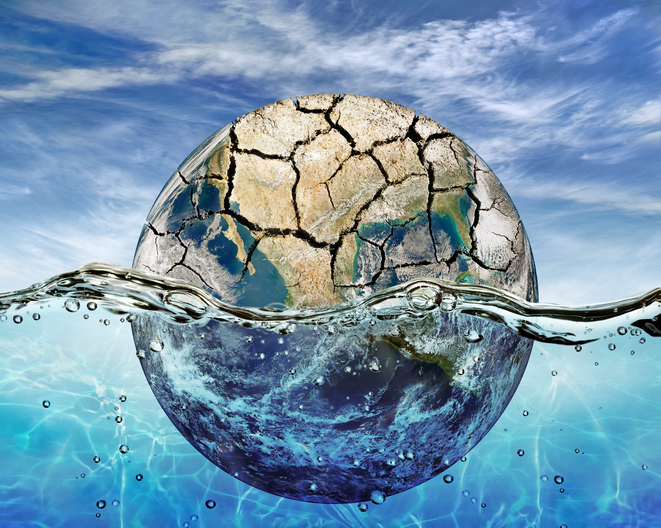
3-Adapt to the Changes
Adapting to the changes that are already happening is also essential. This can involve building infrastructure that can withstand natural disasters, such
Conclusion
The melting of glaciers is a significant threat to our future. The impacts of melting glaciers, such as rising sea levels, water scarcity, changes in ecosystems, changes in weather patterns, and an increased risk of natural disasters, are far-reaching and require urgent action. It is crucial that we take steps to reduce greenhouse gas emissions, protect and restore ecosystems, and adapt to the changes that are already happening. By doing so, we can help mitigate the impact of melting glaciers and ensure a sustainable future for ourselves and future generations. We must all work together to address this issue and take responsibility for our actions to protect this vital resource.
Disclaimer:
The following article on pollution and melting ice is intended for informational purposes only. The information provided in this article is based on available scientific research and data, and while every effort has been made to ensure its accuracy, the author and publisher make no warranties or representations about the completeness, accuracy, reliability, suitability, or availability of the information contained in this article. This article should not be relied upon as a substitute for professional advice or judgment, and readers are encouraged to seek their own independent verification and assessment of the information provided. The author and publisher disclaim any liability or responsibility for any loss or damage that may arise from reliance on the information contained in this article.

Excellent write-up